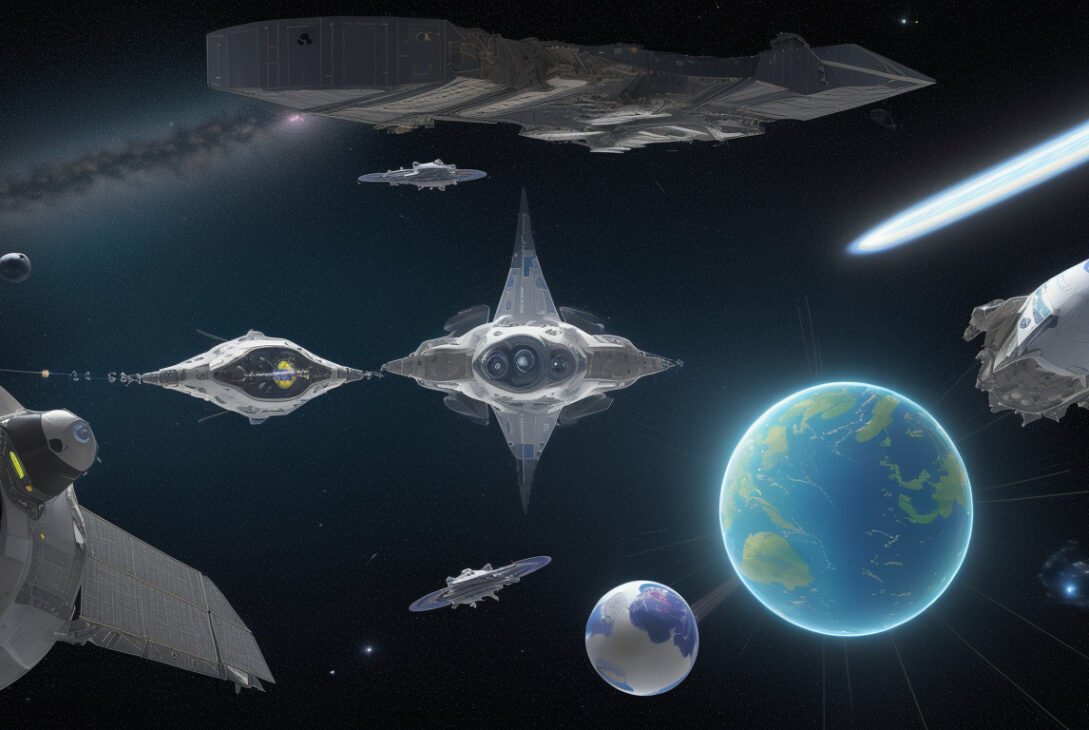NASA and Northrop Grumman Set to Launch Key Medical and Technology Research to Space Station
NASA, in partnership with aerospace giant Northrop Grumman, is preparing for the upcoming launch of the 23rd commercial resupply services mission to the International Space Station (ISS). The cargo flight is scheduled to lift off in mid-September from Space Launch Complex 40 at Cape Canaveral Space Force Station, Florida, aboard SpaceX’s Falcon 9 rocket. This mission is crucial for supporting NASA’s Artemis program aimed at returning humans to the Moon and advancing future exploration to Mars, while simultaneously pushing forward scientific knowledge and technologies that promise to enhance life on Earth.
This Cygnus spacecraft mission will carry a diverse suite of scientific investigations and experiments in medical and technology fields, focused on improving semiconductor crystal manufacturing, combating harmful microbes, enhancing pharmaceutical production, and optimizing fuel management in space.
Advancing Semiconductor Technology in Microgravity
One of the standout experiments onboard involves the fine-tuning of semiconductor crystals in space. United Semiconductors LLC researchers are leveraging the unique microgravity conditions of the ISS to grow semiconductor crystals that are pivotal for next-generation electronic devices such as smartphones and computers. The absence of gravity allows the production of larger, more perfect crystals with fewer defects than those grown on Earth.
Partha S. Dutta, lead investigator from United Semiconductors, emphasized the substantial benefits already observed: “Semiconductor devices fabricated from crystals grown in microgravity during previous missions demonstrated performance enhancements by a factor of two and a tenfold increase in yield compared to Earth-grown counterparts.” Independent validations confirm these advantages, with commercial value estimated to exceed $1 million per kilogram for microgravity-grown crystals.
Beyond space applications—which include radiation-hardened, low-power, and high-speed electronics critical for spacecraft systems—the technology has significant terrestrial benefits. Potential commercial uses include improved electric vehicle components, waste heat recovery technologies, and enhanced medical instruments.
Improving Space and Earth Disinfection with Ultraviolet Light
Another important investigation studies the effects of microgravity on germicidal ultraviolet (UV) light efficacy in controlling biofilms. Biofilms—complex communities of microbes—pose significant challenges as they form on surfaces within water systems, causing corrosion, equipment failure, and health risks. Conducted by researchers at Arizona State University, this experiment utilizes specialized optical fibers to deliver UV light precisely within water systems to disrupt microbial DNA, preventing reproduction and biofilm formation.
“Biofilms behave differently in microgravity, potentially altering how UV light penetrates and kills bacteria. Understanding these differences will help us develop more effective, chemical-free water and air disinfection systems,” said Paul Westerhoff, co-investigator and professor at ASU. These findings are expected to benefit not only long-duration space missions but also critical environments on Earth such as hospitals, homes, and industrial facilities.
Supporting Pharmaceutical Development and Beyond
Additional experiments include pharmaceutical-related studies aimed at optimizing drug manufacturing processes in space. Microgravity environments offer novel conditions for crystallization and chemical reactions that could lead to the production of more effective medications. These efforts align with NASA’s broader goals of sustaining astronaut health on deep space missions and enhancing medical treatments on Earth.
Fuel Management and Other Technologies
The mission will also test advanced techniques to better manage fuel pressure and related spacecraft systems, helping to ensure safer and more efficient operations in orbit and during future lunar and Martian missions.
Looking Forward
This resupply mission exemplifies the synergy between government space agencies and commercial partners such as Northrop Grumman and SpaceX, advancing multifaceted science and technology investigations in low Earth orbit. The experiments launched will not only aid NASA’s ambitious exploration goals but are poised to deliver valuable breakthroughs in technology, healthcare, and environmental safety here on Earth.
NASA continues to invite public interest and participation as it prepares for this pivotal cargo flight, marking another step forward in humanity’s journey to explore more of the cosmos while improving life at home.










